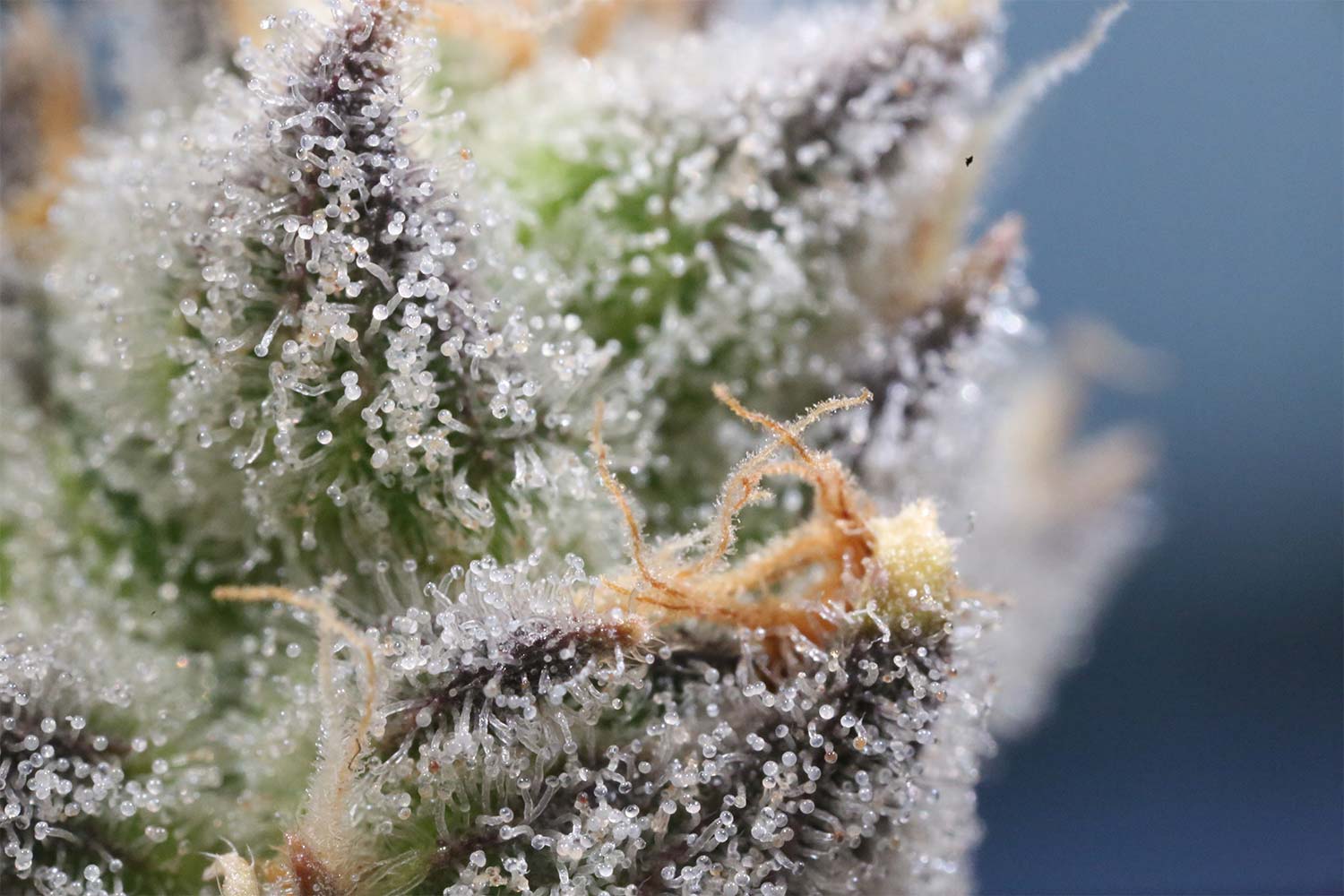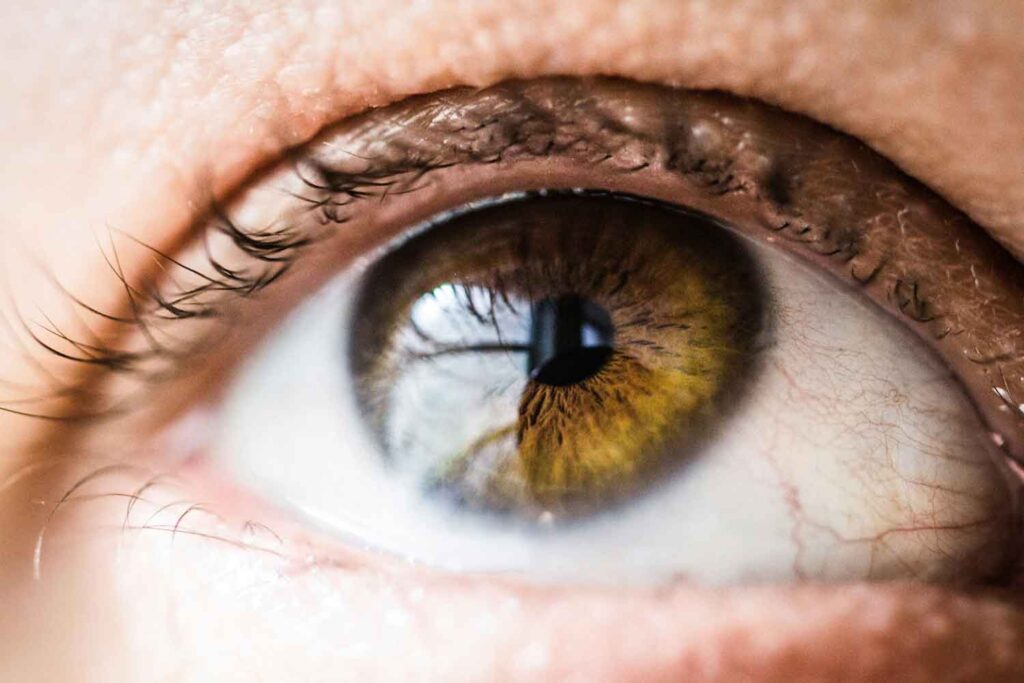How Many Chemicals are in Marijuana?

Even though humans have been growing and using marijuana for over 6000 years, there’s still so much left to learn about it. The science behind cannabis is always evolving and we are learning new things every day. The chemicals in marijuana are responsible for all of its important properties.
Photo: Unsplash
How Many Chemicals are in Marijuana?
There are more than 400 chemicals in marijuana according to an article published in Therapeutic Advances in Psychopharmacology. Out of the 400 chemicals, 60 of them are cannabinoids, such as tetrahydrocannabinol (THC and CBD). In addition to that, cannabinoids have compounds called terpenes and flavonoids. Even though there are so many different chemicals in marijuana, there is a theory that some of them work together. This is called the entourage effect.
The chemical makeup varies with each type of marijuana plant. For example, hemp plants have very little THC while others can have much more. People also have the ability to control how much of a desirable chemical they want in a plant. For example, marijuana growers have been growing weed that is particularly high in THC. According to Healthline, there are several marijuana plants with THC content of over 20%.
What are Cannabinoids?
We’ve mentioned cannabinoids so many times but what are they? Cannabinoids are just a group of closely related compounds in marijuana. THC and CBD are the cannabinoids that get the most attention but they aren’t the only cannabinoids. Other cannabinoids include:
- Cannabigerol (CBG)
- Tetrahydrocannabinolic acid (THCA)
- Cannabidiolic acid (CBDA)
- Tetrahydrocannabivarin (THCV)
- Tetrahydrocannabiphorol (THCP)
Cannabinoids are similar to our body’s own endocannabinoids. That’s the reason why they can cause certain effects when consumed. They bond to our cannabinoid receptors which are responsible for things such as sleep, mood, and appetite. That’s why you might experience changes in things like sleep when you use weed.
THC
THC is the main psychoactive compound in weed. In other words, THC is responsible for the high you feel when you smoke weed. The two main types of THC that stoners care about are delta-9-THC and delta-8-THC. They are not much different structurally but they affect people differently. For example, delta-8-THC is said to give a less potent high. In addition to that, delta-8-THC doesn’t make people as anxious as delta-9-THC.
Both forms of THC are said to bind to the CB1 receptor. CB1 receptors are in high concentrations in areas of the brain such as the hippocampus, cerebellum, and brain stem.
According to Healthline, THC can provide treat the following conditions:
- Insomnia
- Low appetite
- Pain
- Anxiety
CBD
CBD is a non-psychoactive cannabinoid. That means it will not get you high. CBD is packaged in many ways, one popular way is within oil. People use CBD for many reasons. For example, athletes use CBD for pain management and for the reduction of inflammation. Other conditions CBD can be used for, according to Healthline, are:
- Nausea
- Seizures
- Depression
- Anxiety
What are Terpenes?
Terpenes are aromatic compounds found in weed and other plants.
According to Medical News Today, “some may also act on the endocannabinoid system in the body in a similar way to cannabinoids.” Terpenes are thought to be involved with the entourage effect and thus work with the other chemicals in weed. For example, Medical News Today says that terpenes may even help to enhance highs.
According to Medical News Today, some terpenes found in weed are:
- Limonene
- Pinene
- Linalool
- Myrcene
- Beta-caryophyllene
- Humulene
- Geraniol
- Terpinolene
- Ocimene
- Nerolidol
- Phytol
Some benefits of terpenes may be:
- Preventing allergic reactions
- Reduce pain
- Anti-inflammatory
What are Flavonoids?
Flavonoids are typically chemicals primarily found in fruits and vegetables. According to Live Science, flavonoids are responsible for giving fruits and vegetables their vivid colors.
According to a study, there are about 20 flavonoids identified in Cannabis sativa. Some of them are:
- Flavone (apigenin and luteolin)
- Flavonol (kaempferol and quercetin)
- Aglycones
- Glycosides
According to an article by Oregan State University, based on animal studies, flavonoids experience the following properties:
- Antiinflammatory
- Antithrombogenic
- Neuroprotective
- Antidiabetic
- Anticancer
There is definitely more research needed on the flavonoids in cannabis and how they can be beneficial to us.
What Chemicals are in Marijuana?
Marijuana has tons of chemicals as described above and according to the entourage effect, they’re working together. Scientists continue to study the various chemicals in weed, find out which ones benefit us and in what dose. We’re looking forward to new research.












